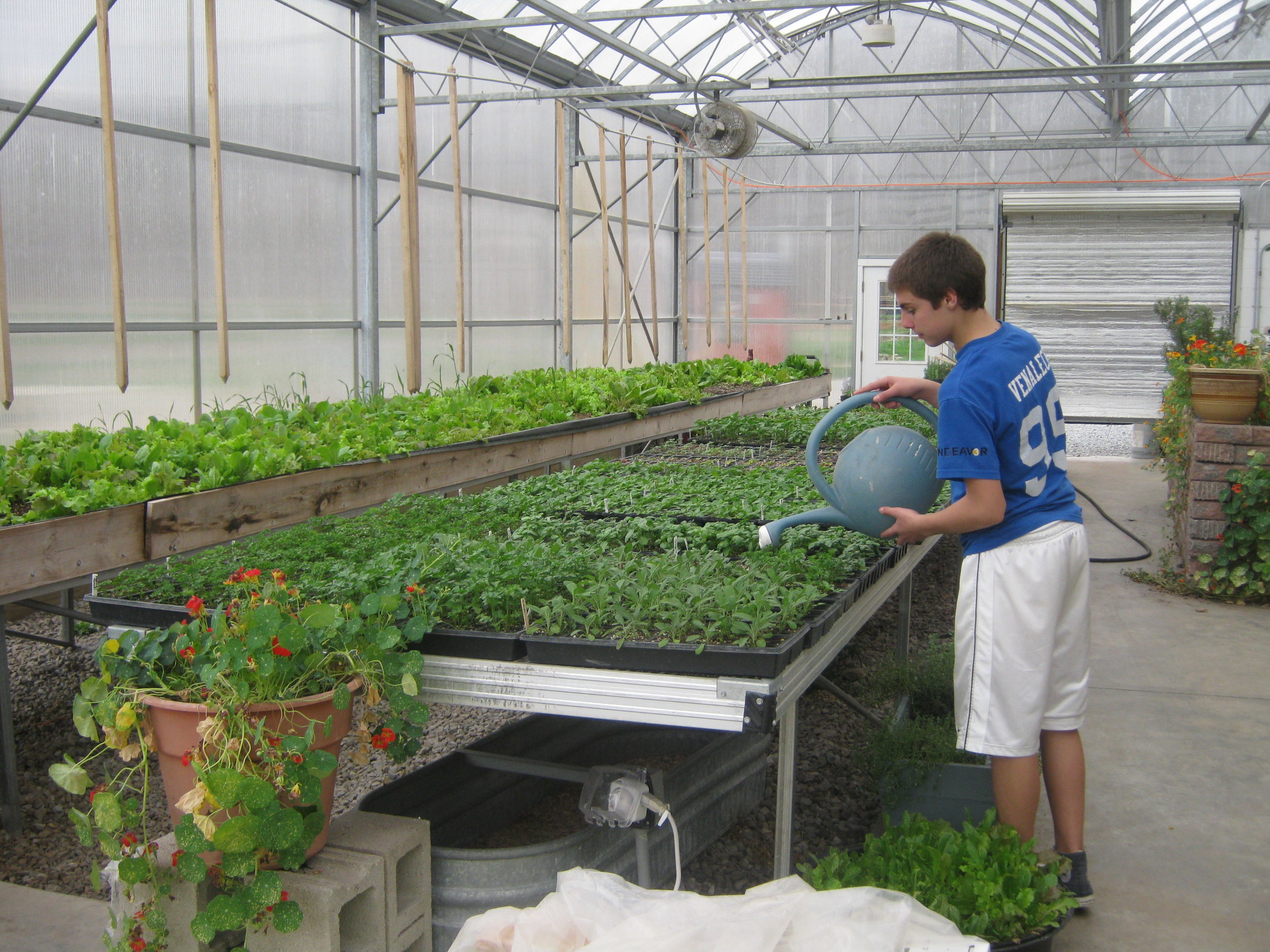Deep Dive Summary: Psycho-disciplines
Submitted by David Kahn and Michael Waski
Disciplines
For this topic we first decided to tackle what is meant by the term “psycho-discipline” and found quickly that there was not a lot of this term used specifically in Montessori’s writings. So we first looked at the word “discipline” and said that it is a human construct that helps us organize and classify the complexity of information we encounter in the world which has both a body of knowledge (content) and ways of interacting with that knowledge (methodology). Disciplines are the bridge between the natural world and human understanding of the natural world. They help humans to orient and put order to information. They are human constructs and can thus evolve and change over time as culture changes. The word “discipline” also comes from the same root as “disciple,” meaning following out of love.
Psycho-disciplines
A “psycho-discipline” then can be defined as the study of a discipline (subject) based on the psychology of the child. It connects the psychology of the developing human with the qualities and attributes of each discipline, for the purposes of: teaching the discipline and supporting the self-construction of the human being. It includes which aspects of the discipline we share at each stage of development, how we approach the discipline to support the developmental goals of each stage, and an awareness of the human tendencies and how they can be supported by our approach to teaching the discipline.
One visualization for the multiple facets of a true psycho-discipline is as a three-dimensional sphere of intersection of the individual’s psychology, the discipline itself, and trans-disciplinary connections. At the center of that sphere: the soul, psyche. It’s a mystery what goes on inside. But when we experience learning as psycho-disciplines, what’s learned becomes incarnated in us (the developing human) and become a part of us. As the psycho-disciplines integrate into the soul of the new human, and also as our knowledge in any area deepens, silos fall away. When all the disciplines are deeply a part of you, you can no longer exist or think solely within a single silo. The disciplines in isolation, with no consideration of psychology, can lead to fragmenting, fracturing and siloing of knowledge-- the old human. When we isolate ourselves in a silo, how can we be a citizen of the world? This creates a deep experience of interdisciplinary knowledge, while still respecting the nature of each discipline.
Psycho-disciplines liberate us from teaching the disciplines as “arid transmission of knowledge” (p. 84 From Childhood to Adolescence) and allow the discipline to give aid to human development. A psycho-discipline should elevate the spirit, and open the way to cooperation and action. From the Latin, discipline means “Order necessary for instruction.” A psycho-discipline, in a Montessori context therefore could be defined as “order necessary for self-construction.”
Lastly, the use of the psycho-disciplines are a support to peace. “If man were to grow up fully and with a sound psyche, developing a strong character and a clear mind, he would be unable to tolerate the existence of diametrically opposed moral principles within himself or to advocate simultaneously two sorts of justice-- one that fosters life and one that destroys it. He would not simultaneously cultivate two moral powers in his heart, love and hatred. Nor would he erect two disciplines, one that marshals human energies to build, another that marshals them to destroy what has been built.” - Education and Peace p.20
Third Plane Approaches
We then identified ways we took the disciplines and strain them through the sieve of adolescent psychology to have an approach to the discipline informed by the needs of adolescents; hence psycho-disciplines. These include:
We don’t expect learning for facts’ sake but for how it can be applied to serve the community (1st sub-plane) or in the broader world (added in 2nd sub-plane)
We offer work for the hand, head, and heart
We provide for group work
We offer choices connected to the human tendencies: pace of work, type of output or activity
We respect the diminution of intellectual capacity in early adolescence by connecting academic work to immediate practical application
We work side-by-side with the adolescents (this is connected to problem-solving and application)
We call in specialists, who serve a social function as role models as well as sharing their knowledge
We connect the discipline with adolescents’ social interests and with the larger community
We consider how the discipline can support adolescents’ need to understand society today and to become fully oriented to their time and place
We don’t usually give lists of things to memorize; ideally they have learned lots of needed terminology (names and parts) in 1st and 2nd plane
We offer adolescents “just-in-time” learning, not “just-in-case” learning
We also identified subtle differences between the sub-planes:
First sub plane
Process in class with group, then take home to consolidate understanding
“How will I use this?”
Inductive is enough; just want to know through experience
Manual side by side work with adults
Real work in the school community and connected to larger world, collectively
Second sub plane
Work independently for homework, then process together in class the next day
“How does it apply in the world?”
Deductive approach is appealing; see value in defining precisely and creating rules (Euclid’s Elements)
Intellectual side by side work; internships with experts
Real work in the real world, more individualized
Working in one discipline may provide a supportive limit for young adolescents. For older adolescents it is especially beneficial to have contact with experts who know the discipline. The complexity of content within each discipline is respected by having specialists to work with older adolescents.
We also considered different components of adolescent programs. Residential life supports psycho-disciplines by allowing students to engage in the work in a different way, providing time, space and community to support real work, and allowing for greater ownership of the environment. Land-base education has the adolescent is at the center, the land as an organizing agent, and the disciplines as a framework and engagement point. Organizing around the work that needs to be done on the land necessitates breaking out of silos but not leaving behind disciplines.
There is also a connection between the second and third planes. As students transition to the 3rd plane, the focus narrows down from the whole universe to “my community and me.” Cosmic education is all still there, now as background for the more local and personal 3rd plane work. At later adolescence, the knowledge gained in the 2nd plane can explode in the student’s areas of interest, in Intensity and immediacy of approaching adulthood. Seeds sown in the second plane germinate in the first sub-plane of adolescence (as we keep education broad), then focus into more specialization in 2nd sub-plane.
Key Experiences
The group did not spend as much time discussing key experiences, and recommend further study and exploration be done in this area. We thought of a “key” as “ intentional opening up of something that comes after.” We raised questions such as Does it follow a key lesson? Does it open a door to further study, or can it be a consolidating experience? Should it be common to all programs or is it site-specific? Is it a highlight? A pivotal experience or peak moment? Is it one-time or repeated or both? Does it connect to multiple disciplines and areas of inquiry? Are they adult-created? Can they be student-initiated? They’re keys to what? Formation of the new adult? Opening of a discipline? Do key experiences integrate disciplines? For the adolescent, do key experiences integrate disciplines and social organization?
We did discuss that there is a connection between a key experience and the formation of self. We believed that seminar is a key experience for younger adolescents


